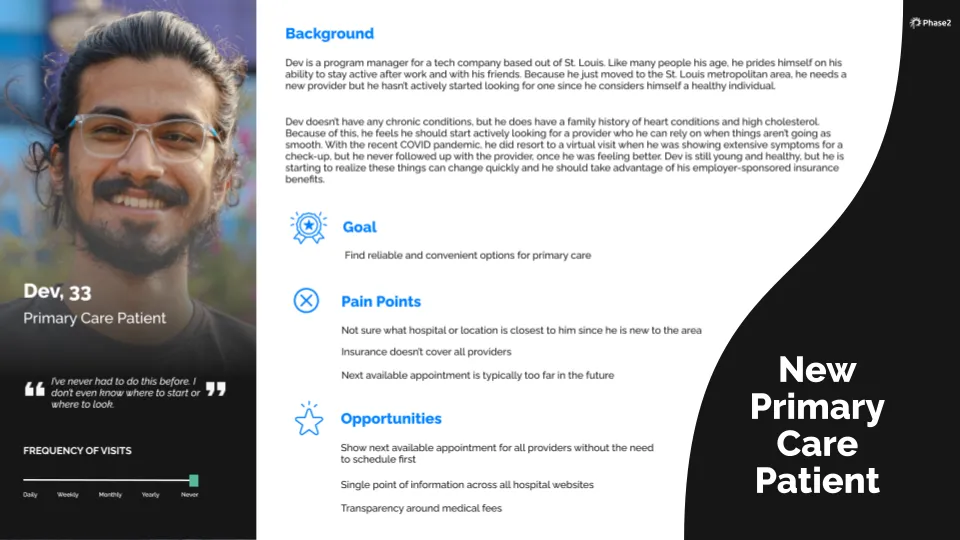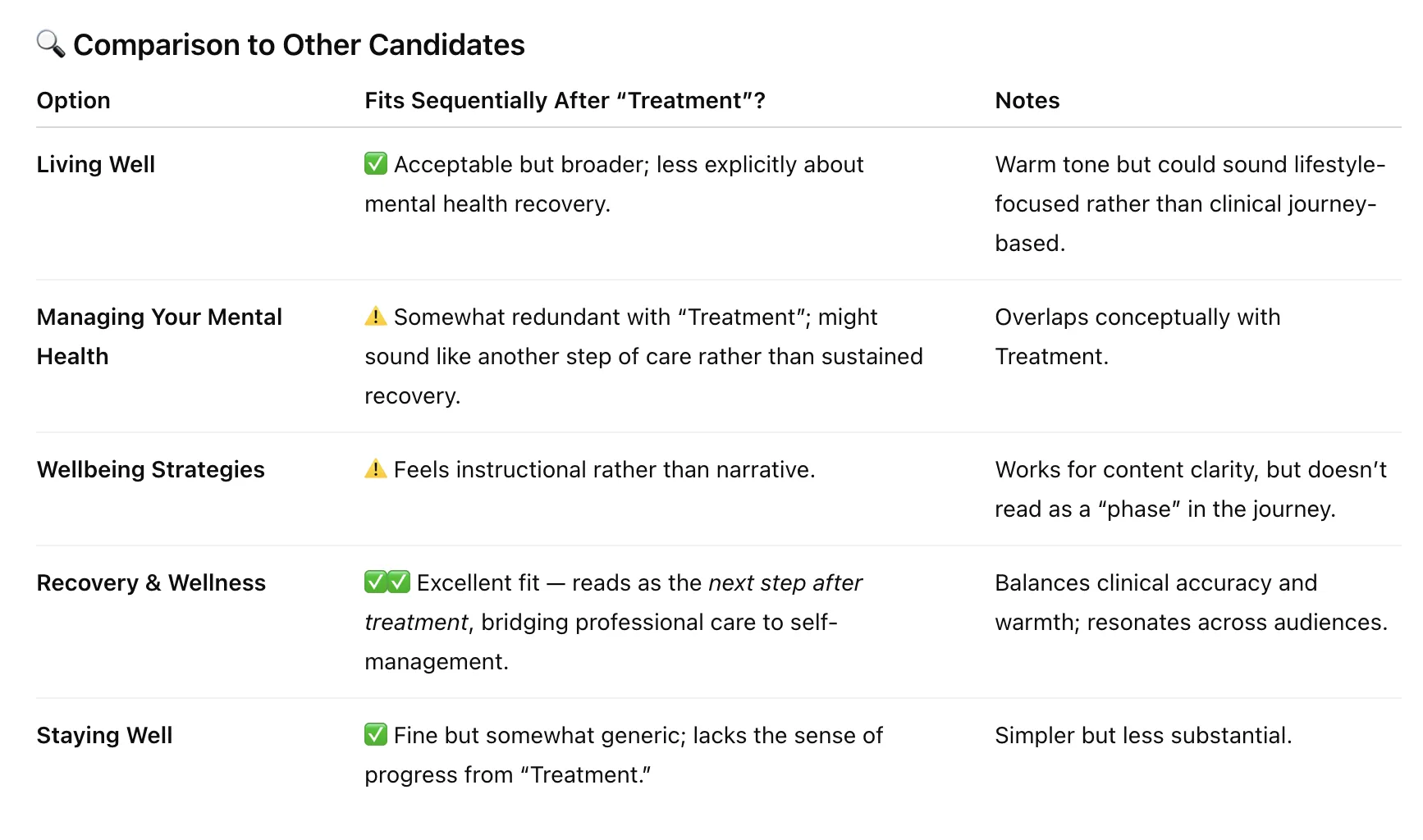Synthetic Personas: The Next Evolution in Audience Intelligence
Synthetic Personas: The Next Evolution in Audience Intelligence
Rachel Broardt | Senior UX Strategist
October 30, 2025
Sometimes even our most reliable tools need a refresh.
Think of it like a new haircut or an updated wardrobe. Still you, just a little more current and reimagined for who you’ve become. That’s where we are with personas.
For decades, personas have helped teams understand their users and see the world through their eyes. They’ve been our shorthand for empathy and conversation starters in product planning meetings. But over time, many personas have become forgotten static snapshots — relics of who our users used to be.
In a world where behavior shifts by the quarter, not the decade, we need personas that can evolve just as fast.
The Limits of Traditional Personas
Personas first took shape in the 1990s, when software design began centering around people instead of technology. Alan Cooper, one of UX’s early pioneers, created them to help product teams stop designing for themselves and start designing for their users.
It worked. Personas brought real human goals and frustrations into design conversations. They made abstract users feel real. But traditional personas also came with limitations:
- They capture behavior at a single point in time.
- They’re often based on small data sets or limited research.
- Once created, they sit untouched as products (and their users) evolve.

Traditional persona example
Traditional personas are like well worn photos pinned to the wall; meaningful, but frozen in time. And as our users keep moving, we need a way to keep up.
Innovation in Practice
Synthetic personas are a bridge between human insight and applied intelligence.
They combine the designer’s pursuit of empathy with the precision of AI-driven data, helping organizations better understand and engage their audiences. By blending creativity with computation, we’re building systems that not only inform design but elevate it, making customer understanding smarter, faster, and more adaptive. It’s putting AI into practice to help our clients innovate with confidence and purpose.
What Are Synthetic Personas?
Synthetic personas are AI-generated user archetypes that evolve over time as they learn from data. Instead of representing a fixed snapshot of a single user, they draw from real world data sources such as:
- User research and interview transcripts
- Web analytics and behavioral data
- Interaction logs and feedback patterns
Think of them as a user you can actually talk to. You can ask them what they value, how they might interpret a navigation label, or which tone of voice feels more trustworthy. They’re a virtual audience in our back pocket helping us explore ideas. They won’t replace the insights you get from a conversation with real users, but they give you a head start and a way to test early hypotheses before you ever schedule a usability session.
When to Use Them
Phase2 is experimenting with synthetic personas to augment our existing processes, not replace them. Here’s how they help:
- Testing navigation and labels. While creating a new information architecture, we use synthetic personas to simulate how different audiences might interpret navigation terms or categories.
- Exploring tone and perception. By generating personas for distinct audience segments, we can check whether copy feels clear, credible, too technical or too casual and helping us adjust before usability testing.
- Supporting rapid brainstorming. During early design sprints, synthetic personas act as conversation partners: reacting to prompts, evaluating flows, or prioritizing needs in real time.
Synthetic personas don’t replace real user validation, rather they help us get to the right questions faster, so we can make the most of our user research sessions.

Example of label testing using synthetic personas

Exploratory labeling exercise based on synthethic profile information
The Drawbacks (and Why They Matter)
Synthetic personas aren’t perfect. Here are some things to keep in mind:
- Bias in, bias out. Like any AI tool, they reflect the data they’re trained on, and that data can include bias or gaps.
- Outdated data. If not refreshed regularly (with user research), they can quickly become out of touch with real world behavior.
- False confidence. Because they sound convincingly human, it’s easy to forget they’re not.
That’s why the most important skill in working with synthetic personas isn’t technical, it’s having good judgement. The real risk isn’t bad data so much as it is blind trust.
The Future of Understanding Users
Synthetic personas depend on real human research. Their strength lies in speed and scalability, but their accuracy depends on the same thing traditional personas have always needed: real people.
Empathy and evidence aren’t opposites, they’re partners. Synthetic personas give teams the ability to combine human curiosity with AI-driven learning, building products that respond more intelligently to real world behavior: faster, smarter, and a little more adaptive than before.